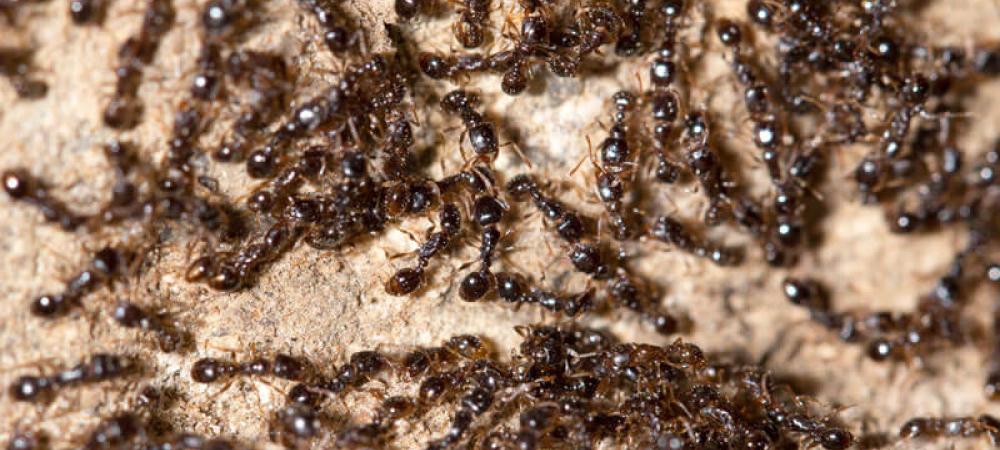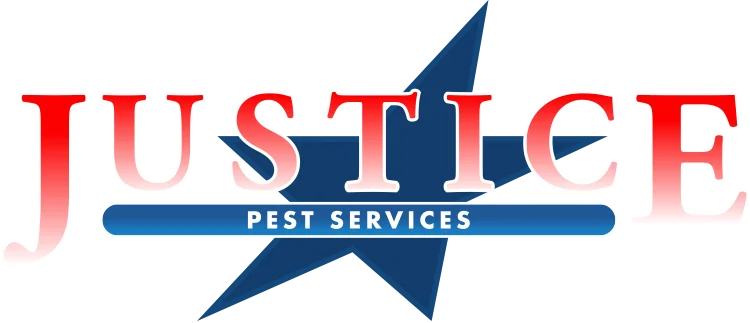How Do Pests Get Into Sealed Homes?

Even if your home looks perfectly sealed, pests can still find ways inside. Tiny cracks, unprotected vents, and everyday human activity all create opportunities for insects and rodents to sneak in. Understanding these entry points is the first step to keeping your home pest-free.
Common Cracks and Gaps That Let Pests Inside
Pests don’t need large openings, they can squeeze through surprisingly small spaces. Even hairline cracks or minor gaps can serve as highways for insects and rodents.
Foundation and Wall Cracks
Pests such as ants, spiders, and cockroaches often use hairline cracks in foundations or walls to gain access to your home. Over time, settling of the house or natural wear and tear can create these tiny but inviting pathways. You can help prevent access by:
- Look for small cracks along the foundation and exterior walls.
- Pay attention to areas where the soil meets the house, as these are common entry points.
- Regularly inspect and seal any visible gaps with caulk or appropriate sealants.
Gaps Around Doors and Windows
Even a gap as thin as a credit card can allow pests in. Doors and windows are high-traffic areas for pests because they often open and close, making seals less effective over time. To block these entry points:
- Check your weatherstripping and replace it if it’s worn.
- Seal gaps with door sweeps or window caulking.
- Inspect areas around sliding doors and garage entrances.
How Plumbing and Utility Lines Become Pest Entryways
Utility lines and plumbing systems often create hidden pathways directly into your home. These pathways can let unwanted guests inside. Sink, Shower, and Drain Openings
Pests like cockroaches, drain flies, and even rodents can exploit unsealed water lines or drain openings. Moist environments around sinks and showers are especially attractive to insects. You can limit their access by:
- Ensure all pipes are properly sealed where they enter walls or floors.
- Keep drains clean and consider using drain covers.
- Check under sinks and behind appliances for gaps around plumbing.
Electrical and Cable Openings
Small openings where wiring, cables, or conduit enter your home can allow ants, spiders, and other small pests to enter. To help close off these routes:
- Inspect utility entry points and seal gaps with caulk or expandable foam.
- Look for openings around outlets, switches, and cable ports.
- Use protective gaskets or sealant for larger wiring bundles.
Roof, Attic, and Vent Openings That Pests Use
Pests often enter through openings in the roof, attic, or vents, taking advantage of these entry points. Because these areas are harder to inspect and usually less maintained than doors or windows, they become prime targets for wildlife and insects. A small gap under a roof shingle, a loose soffit, or an unprotected vent can easily turn into a doorway for pests.
Unsealed Roof and Siding Cracks
Wasps, squirrels, and flying insects can slip in through cracks in siding or roof shingles. Even minor damage can provide access, and once pests find a way in, they may start nesting or causing structural issues. To reduce the risk:
- Inspect the roofline regularly for gaps or broken shingles.
- Seal or repair any cracks to prevent pest entry.
- Consider metal flashing around vulnerable areas.
Chimneys and Attic Vents Without Screens
Chimneys, attic vents, and other roof openings are easy entry points for bats, birds, and insects when not properly screened. These spots often go unchecked, which makes them especially inviting. You can protect your home by:
- Installing chimney caps and heavy-duty vent screens.
- Checking attic vents for gaps or storm damage.
- Clearing away debris or nesting material that pests may already be using.
How Human Activity Introduces Pests Indoors
Even the most well-sealed home can fall victim to pests inadvertently brought in by people, pets, or objects. Unlike cracks and gaps, these introductions often happen in plain sight.
Items Brought From Outside
Plants, firewood, and furniture can carry insects or eggs indoors, giving pests a direct path inside your home. Make sure to:
- Inspect and clean firewood before bringing it inside.
- Check plants and outdoor furniture for signs of insects.
- Store outdoor items away from doors and windows.
Pets Carrying Pests Inside
Pets can unknowingly transport ticks, fleas, and small insects indoors after outdoor activity. To keep this under control:
- Groom your pets regularly and inspect for pests.
- Keep bedding and common areas clean.
- Use preventative treatments if pets are prone to carrying pests.
Professional Pest Inspections Are Key
Even the most diligent homeowner can miss the small entry points pests use. Professionals are trained to spot vulnerabilities that often go unnoticed, such as gaps behind siding, unsealed attic vents, or cracks hidden under landscaping. A thorough inspection not only identifies current pest activity but also pinpoints areas where future infestations are likely to occur.
Benefits of regular pest management include:
- Early detection of infestations before they spread or cause damage.
- Identification of hidden entry points around foundations, roofs, and utility lines.
- Customized prevention plans tailored to your home and local pest risks.
- Peace of mind knowing your home is being monitored by an expert eye.
If you’re in the Austin, TX area, contact Justice Pest Services for comprehensive pest control services to protect your home
